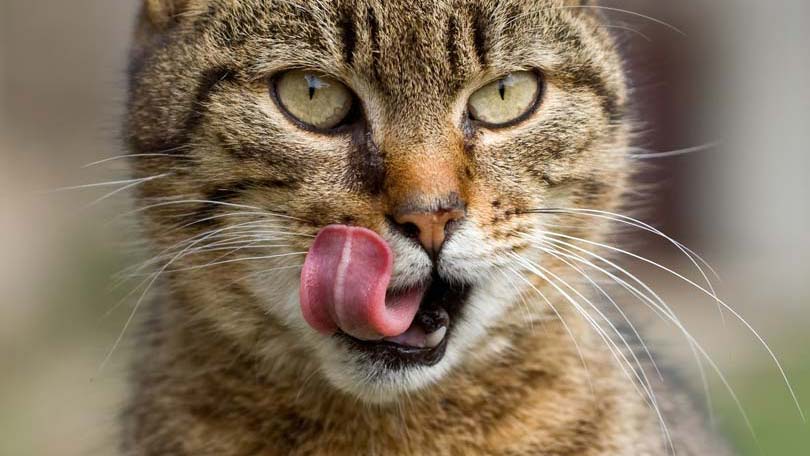
We have all heard that “you are what you eat”. When it comes to cats and cat food, this statement has never been truer. Because cats have very specific nutritional needs, it is important to take a careful look at the form and type of food you feed your cat, in order to best support their optimum health. Although the most common forms of cat food, dry and canned, are both readily available, recent studies have shown that canned cat food may be the healthier choice.
Until recently, dry food was considered the “best” food to feed cats, and was advertised extensively as well as widely recommended by veterinarians. However, in the last few years that opinion has changed, as it has been found that feeding dry food may actually have a detrimental effect health of your cat. In fact, diets of dry cat food have been linked to a higher incidence of chronic dehydration, urinary tract disease and renal failure.
Today’s cats are descendants of true carnivores. Having evolved on the deserts of Africa, cats adapted to their environment by having their water requirement met solely by the moisture found in their prey. This natural diet contained at least 65% water- commercial dry food contains no more than 10% moisture. Because drinking water is learned behavior, not a natural one, cats frequently do not drink enough water to make up the difference in what they are getting and what they need. By contrast, commercially prepared canned food typically contains 40-45% water- not as high an amount as the cat would get in the wild, but a vast improvement over dry food.
Renal failure is a progressive and ultimately terminal condition, for which there is no cure, only supportive care. The kidneys have several primary functions in cats, including filtering waste products from the blood, regulating electrolytes, and the production and concentration of urine. As kidney failure progresses, each of these functions gradually decreases as well. Chronic dehydration and decreased water intake contributes to an increased load on the kidneys, and over time this may cause renal failure. In addition, grain proteins found in dry food release a greater amount of waste upon digestion, once again causing extra work for the kidneys in order to expel the waste material.
Urinary tract problems are often linked to dehydration and reduced water intake. The incidence of urinary tract problems such as infections, stones and crystals is far greater in cats that eat a dry food diet over cats who eat canned food.
Cats in the wild thrive on a high-protien, low-carbohydrate diet, consisting of approximately 1-2% carbohydrates as part of the daily diet. Used in commercial dry foods as a source of calories, and to increase bulk and structure of the food, carbohydrates often make up as much as 45% of a dry food diet. Cats metabolize fat and protein almost exclusively for their energy- and as a result, the liver converts most of the carbohydrates into body fat. Canned cat food contains a far smaller carbohydrate content, providing more of the nutrition your cat needs to provide energy to his body.
Compared to dogs, cats require a much higher amount of protein in their diet, stemming from the cats inability to regulate the break down of liver enzymes. If a diet is not high enough in protein, the body will begin utilize and attack protein in the cats own muscle. Because it is without the fillers of carbohydrates, such as wheat, grain and corn, canned cat food has higher protein content.
Despite the benefits of canned cat food, not all canned foods provide the same standard of nutrition. Some canned foods contain less actual meat, and more protein from other sources. Because actual meat is the most important ingredient in cat food, a meat source should be listed as the first ingredient on the label. In addition, if a food is named specifically for it’s main ingredient, such as “Chicken Cat Food”, the named ingredient, chicken, must make up at least 70% of the total weight of the food. If a food name contains the word “dinner” or “formula”, such as “Beef Formula”, the named ingredient must only be at least 25% of the total weight of the food- and filler is frequently used to make up the rest of the content.
Canned cat food is rapidly being shown to have greater nutritional value to your cat, as well as helping to prevent disease. It is important to be proactive in choosing a canned cat food for your feline friend, to ensure his unique nutritional needs are being met.
